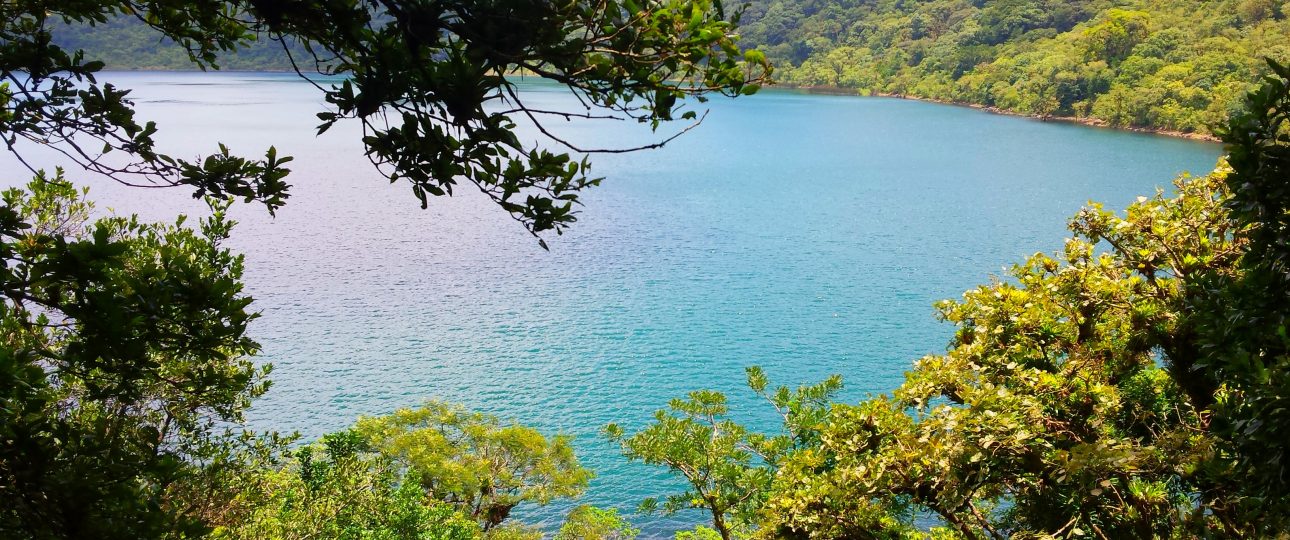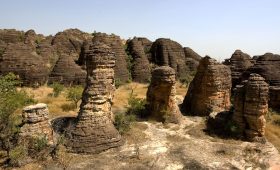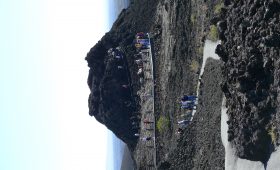Volcán Ipala: Exploring Guatemala’s Natural Wonder
Location and Geography
Volcán Ipala is located in southeastern Guatemala, part of the Chingo-Ipala volcanic complex. This stratovolcano rises to an elevation of 1,650 meters (5,413 feet) and features a picturesque crater lake. The lake’s clear waters mirror the lush greenery of the surrounding hills. The volcano is situated within the Ipala Volcano Natural Park, which covers a significant area, offering a rich natural environment to explore.
Unique Features
Volcán Ipala is known for its stunning natural features and cultural significance. Here are some highlights:
- Crater Lake: The lake is a central attraction, though it is not among the deepest in Central America. Its serene waters are perfect for swimming and kayaking, providing a tranquil escape for visitors.
- Flora and Fauna: The area is home to diverse plant and animal life. Visitors can spot colorful orchids, bromeliads, and a variety of bird species, including toucans. The forest is a haven for nature enthusiasts.
- Cultural Heritage: While there are no significant Mayan ruins directly at Volcán Ipala, the region’s history is rich with Mayan influence, and nearby areas offer opportunities to explore ancient sites.
Best Time to Visit
The ideal time to visit Volcán Ipala is during the dry season, from November to April. The weather is typically pleasant, with minimal rainfall, making it perfect for outdoor activities. The wet season, from May to October, brings more rain, but the landscape becomes lush and vibrant, offering a different kind of beauty.
Getting There
Reaching Volcán Ipala is straightforward if you’re already in Guatemala:
- By Air: Fly into La Aurora International Airport in Guatemala City. From there, you can rent a car or take a bus to reach the volcano. There are no direct domestic flights to Ipala.
- By Bus: Buses from Guatemala City to Chiquimula, the nearest major town, take about 4 hours. From Chiquimula, local transportation options can take you to the volcano.
- By Car: Renting a car allows for flexibility. The drive from Guatemala City to Volcán Ipala takes approximately 3 hours via the CA-9 and CA-11 highways, depending on traffic.
Local Transportation
Once at Volcán Ipala, several options exist for exploring the area:
- Hiking: The most popular way to explore is by hiking. Trails are well-marked, leading to the crater rim. Wear sturdy shoes and bring water and snacks.
- Boat Tours: Local operators offer boat tours on the crater lake, providing a unique perspective of the volcanic landscape.
- Bicycles: Renting a bicycle is an eco-friendly way to explore the surroundings, allowing you to enjoy the fresh air and scenic views.
Summary
- Location: Southeastern Guatemala
- Elevation: 1,650 meters (5,413 feet)
- Crater Lake: A serene natural attraction
- Flora and Fauna: Rich biodiversity with various plant and animal species
- Cultural Heritage: Influenced by the Mayan civilization
- Best Time to Visit: Dry season (November to April) for pleasant weather
- Getting There: Fly to La Aurora International Airport, then drive or take a bus
- Local Transportation: Hiking, boat tours, and bicycles are popular options




